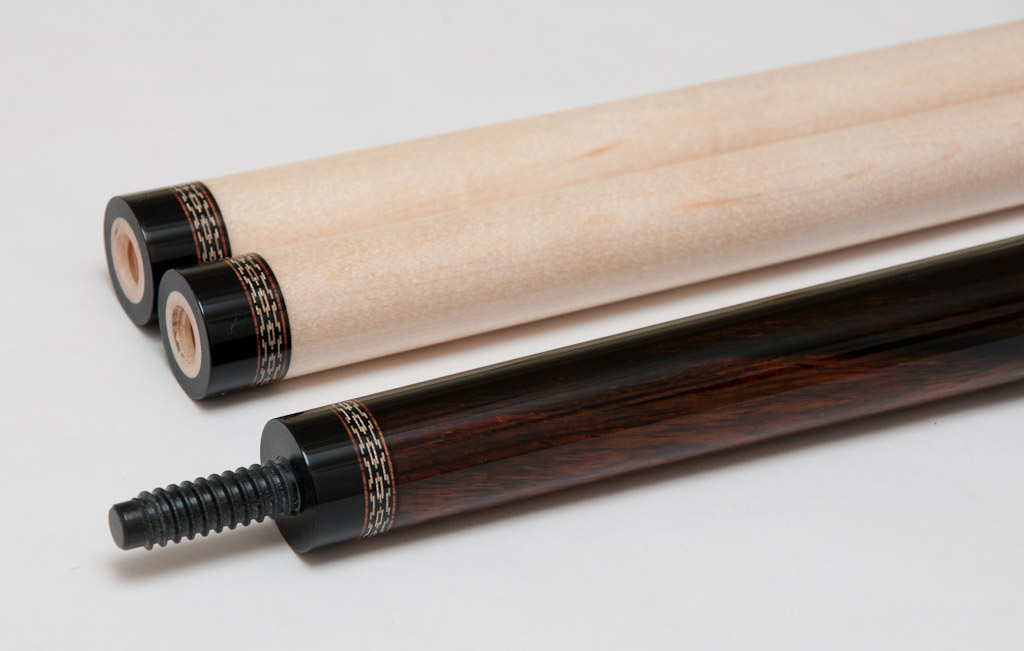Why do you assume it has anything to do with time?
Honestly that was just part of it. Being a former back yard golf club builder for 20 + years, I completely understand the idea of scuffing, as far as adhesives are concerned. It just seems to me that threading would logically create a secondary, or mechanical bond, as well as the adhesive. Even after meticulously scuffing both the shaft, and the inside of the hosel of the club head, I have seen these things come loose. Most of that I would attribute to owner negligence, or abuse. At any rate the time aspect was but one, and I probably should have expounded my thoughts. FWIW, concerning the golf club comparison, I do realize that we're talking about two different types of force, strike, swing, stroke, etc. In the end, whatever keeps the qmakers and their customers happy, is OK by me.
j2
